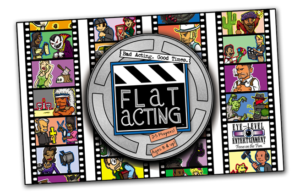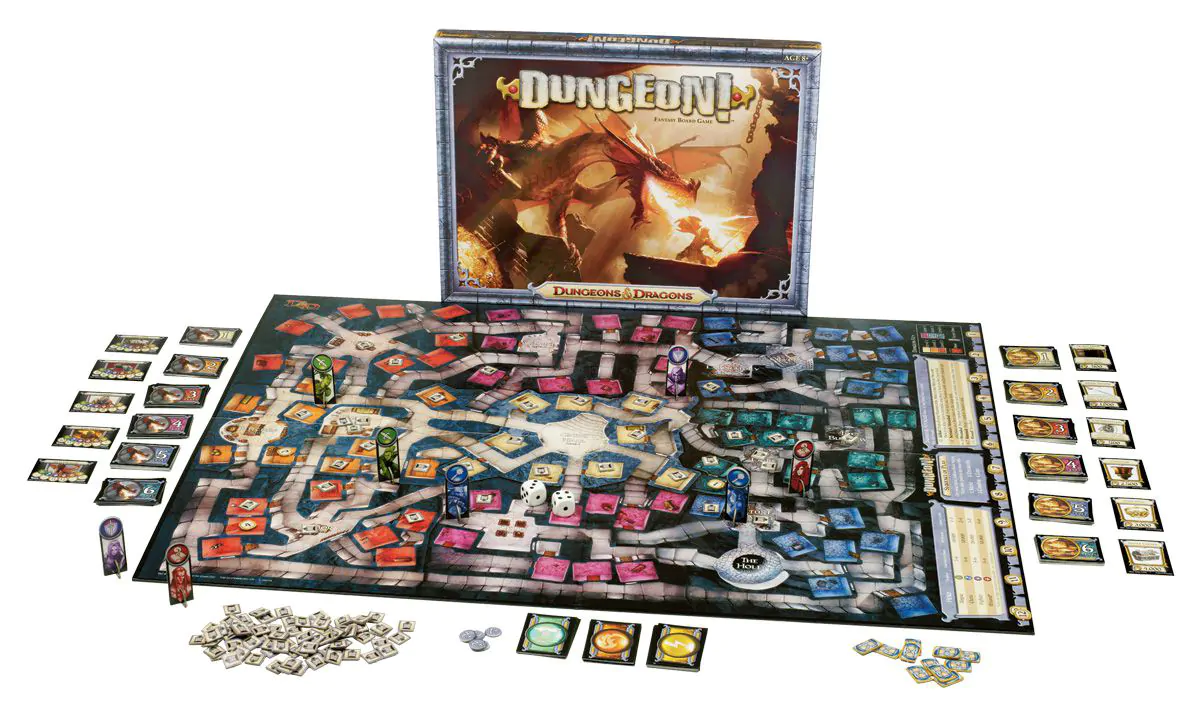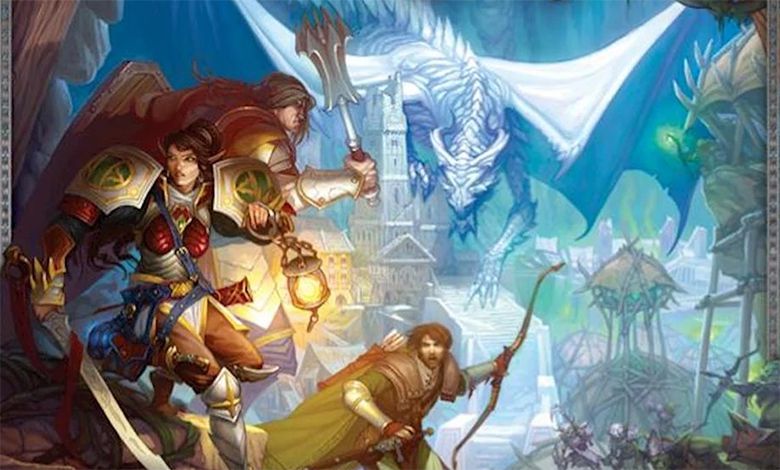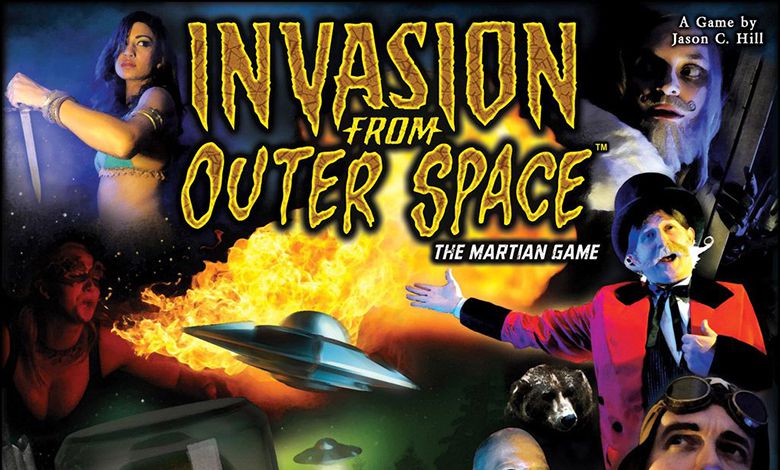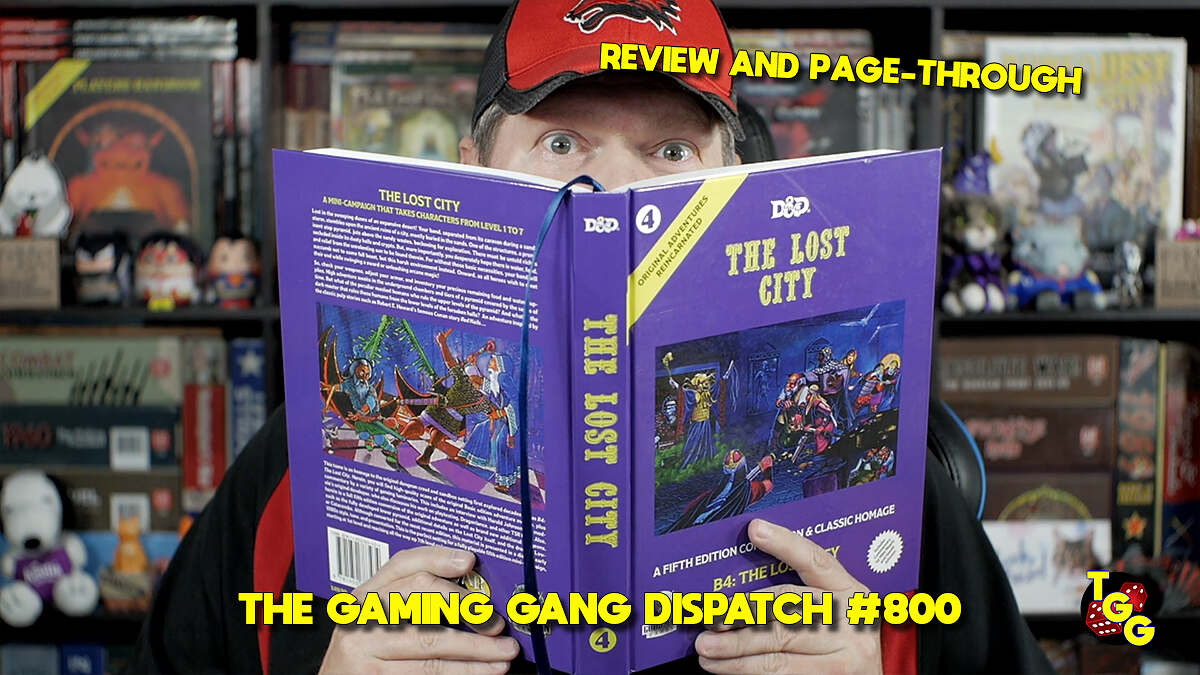Publisher: Eye-Level Entertainment
Designers: Mark Anticoleand Matthew Anticole
Year: 2009
Genre: Hollywood themed family game
Players: Two to five playrs
Ages: 8+
Playing Time: 30 to 45 Minutes
MSRP: $29.95
Flat Acting from Eye-Level Entertainment is an interesting game of moving actors from movie set to movie set trying to put together the best movies that you can, while your opponents are trying to do the same.
The object of Flat Acting is to score the most points by placing actors from your movie genre into the most advantageous positions on the different movie sets depicted on the game boards. Each movie set is worth a certain number of points, and if you have the most “Actor Points” on that set you win the value for the whole movie set at the end of the game. The player with the most points at the end of the game is the winner.
The game comes with four square boards of nice quality. They are glossy and each one represents a certain movie genre. 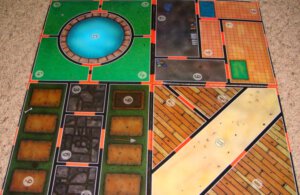
There are 50 character tokens with plastic stands with a total of 10 from each genre. They are thick and have cartoonish representations of different characters like a horse for the western genre, a vampire for the scary genre, and so on. Each character has a point value listed on it.
The bulk of the cards are called casting cards and each displays two characters from a certain genre along with a point value. When drawn, the casting card will be used to select a character to move to a set on the boards where there is room. The first time you draw a card that cannot be played because of the movement restrictions, then the game is over and the points are totaled up.
Additionally, there are cards called rewrite cards that a player can hang onto allowing them to take special actions during their turn, like swapping two characters, locking a set with a lock token so that the characters there cannot be moved, bonus points, and removing an actor from the board. There is a card representing each genre, which the players will keep in front of them to indicate which genre they have. Finally there are a few wildcards from each genre that allow you to place or move any actor from that genre.
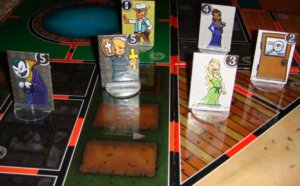
The first player begins by drawing a card from the deck. If it is one of the rewrite cards they keep it face up on the table in front of them for later use and continue to draw cards until they get one of the casting cards. They can choose from either character shown on the casting card, and they must place one of those characters on one of the sets on the board, or move one of them from one set to another set. The choice is theirs.
The one restriction is that you cannot place a character on a set if it will make the total point value of the characters on that set greater than the point value of the set itself which is printed on the board. For example, if a set has a point value of eight and there is already a character on that set with a point value of five. You can only place a character there with a point value of three or less, otherwise you will exceed the eight maximum that the set can hold.
After you resolve the casting card you can play as many rewrite cards as you want, otherwise play passes to the next player, who draws a casting card and continues until a card is drawn that cannot be played. If you run out of cards you simply shuffle the discards and keep going.
The basic strategy of the game is to get the characters from your genre onto sets so that your points on that set are higher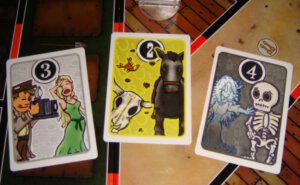
One interesting twist is that if you are tied for the highest amount with another player, then they cancel each other out and any other player left on that set gets the full point value.
The fun part of the game is that when you place a character on a set, you have to come up with some logical reason for that character to be on that particular set. You announce this to the other players when you place the character. “Suddenly a skeleton burst into the room startling the cleaning lady” or “Luckily, the detective brought along a picnic basket as he knew it would be a long stakeout” are both valid reasons. This is what adds the drama or “Flat Acting” to the game, and it is fun. If a player forgets to do this, another player can yell “Cut!” and give a critic token to the offending player. For each thumbs down on the critic token, the player loses that many points at the end of the game.
Flat Acting had its fun moments, mostly during the “adding drama” part of the game, however I do have a few criticisms.
First of all, I didn’t like that you never knew when the game was going to end. It can end at any time once most of the characters are on the board. It can end suddenly before you are ready, or drag on once the players get an idea of the best strategies for placing their characters. I prefer having an idea of when the end is coming, although some gamers make like this aspect.
Secondly, if you are unlucky the bulk of your character cards may get shuffled to the bottom of the deck. So while everyone else is getting the prime spots on the board, you are waiting to see if any of your characters will actually get played. I had one game end when less than half of my characters were on the board.
Thirdly is analysis paralysis, the play can slow down while a player looks over the whole board trying to find the best place to put the character they just drew, and it can make the game feel long and drawn out.
Finally, the game is best suited for four players. Five is ok too, but with three players you have two genres that are non-player genres that are used primarily for blocking and that can get tiresome. Two player games are even worse as there would be three blocking genres.
Overall Flat Acting isn’t a bad game, it is just an ok game best suited for family play. There are some fun moments, but there are also times when you can get really annoyed by the luck of the cards.
[rwp-review id=”0″]
- A Dungeon Delve for Kids?: A Review of Dungeon! - Oct 24, 2022
- Better, Stronger, Faster | Descent: Journeys in the Dark Second Edition Reviewed - Oct 23, 2022
- Your Planet is Doomed!: Invasion from Outer Space Reviewed - Oct 22, 2022


